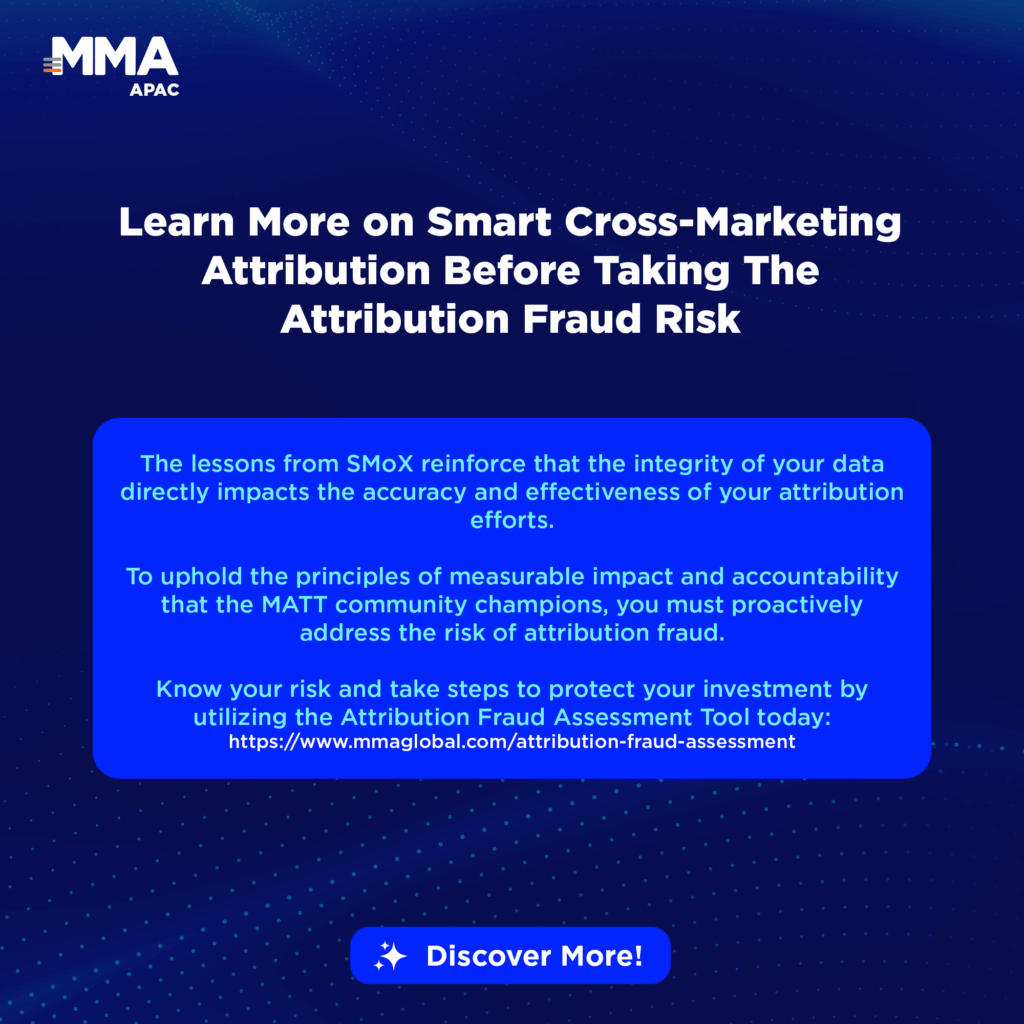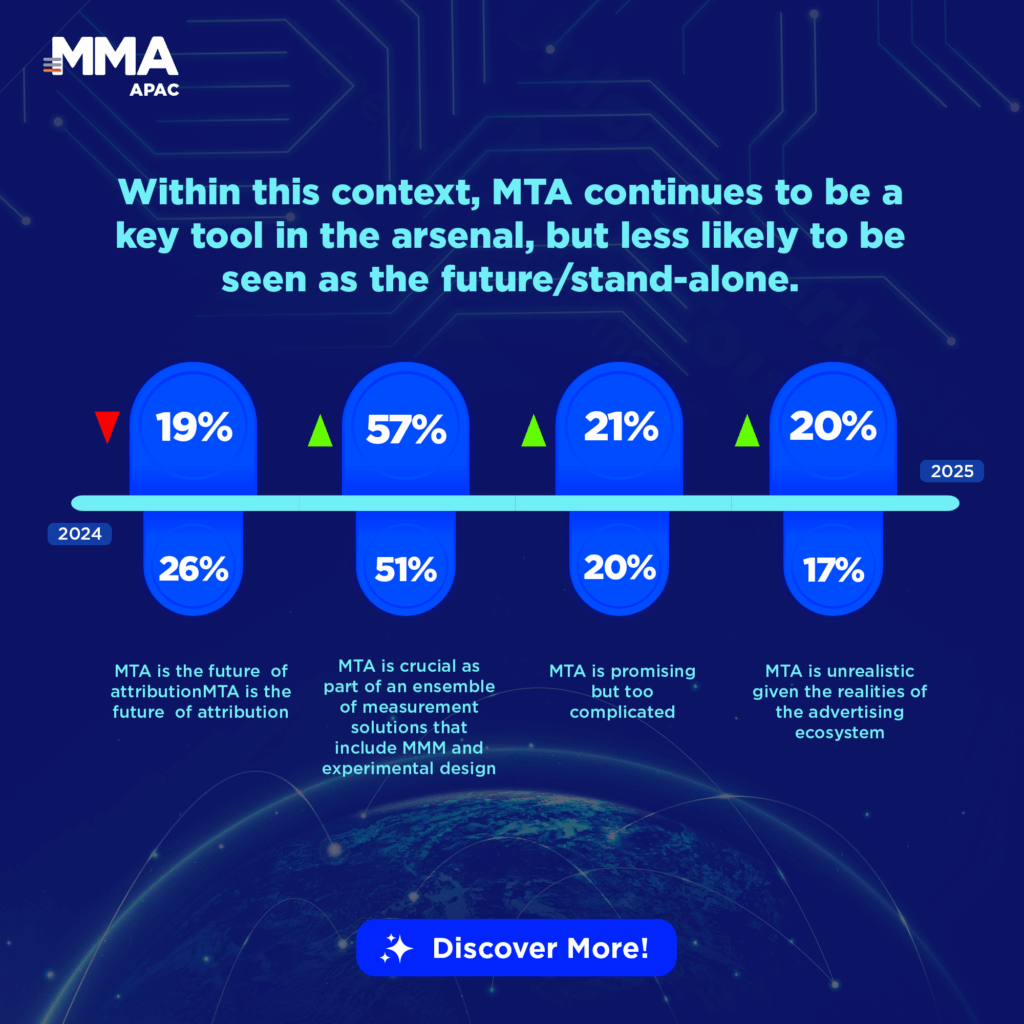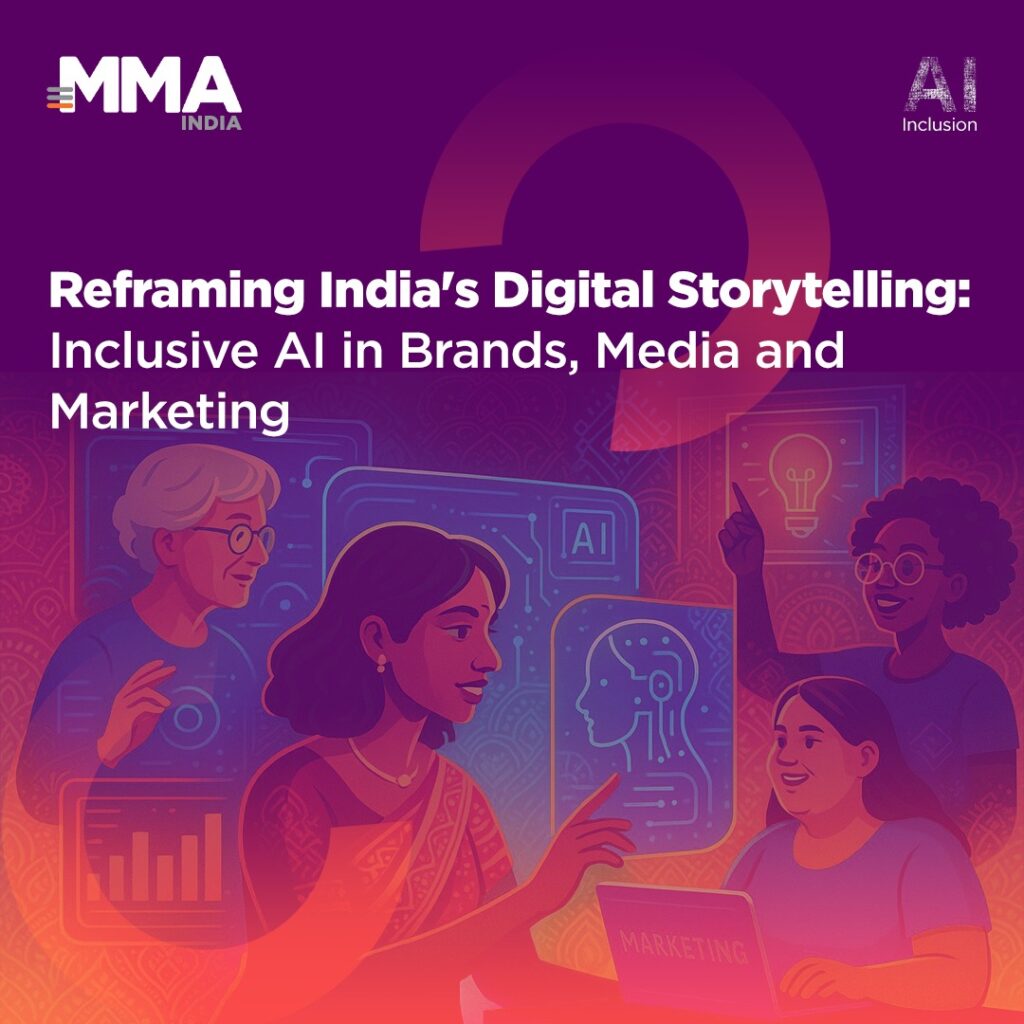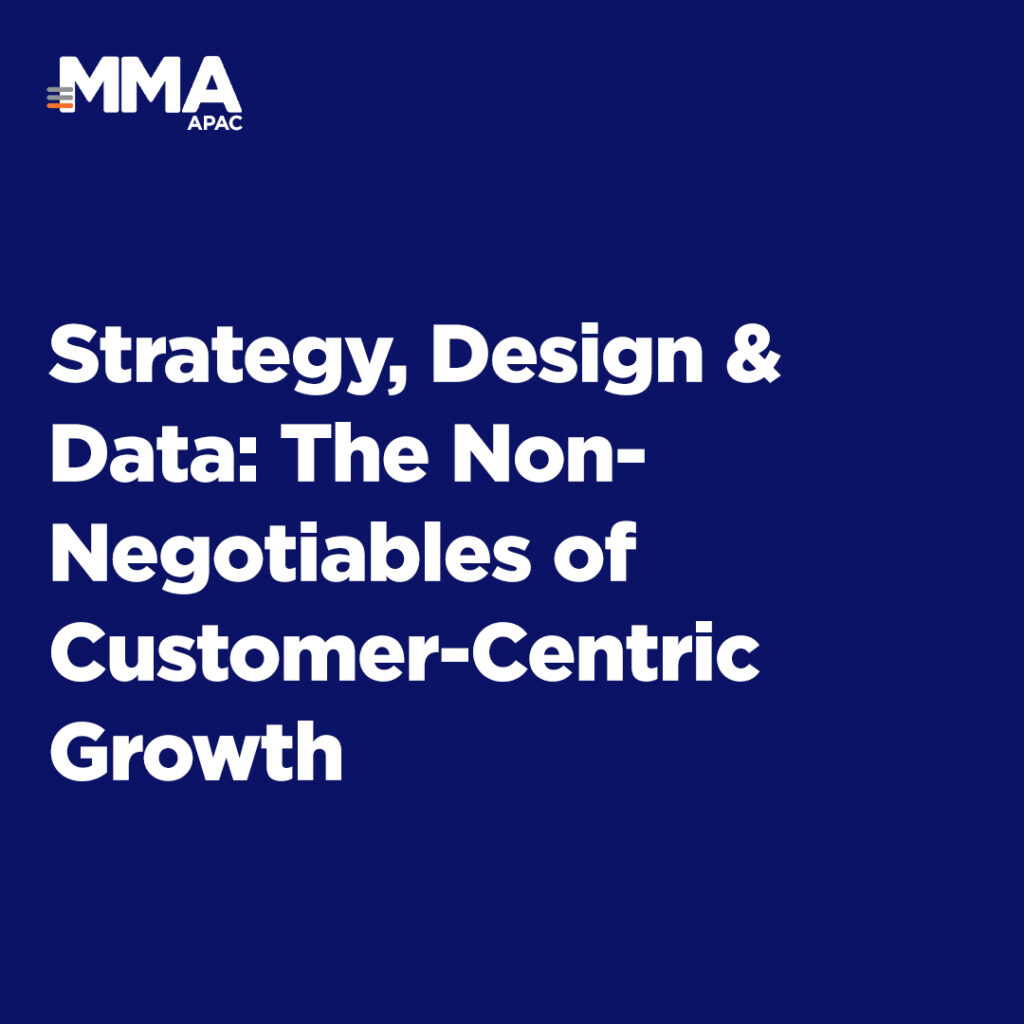
Music is a universal language that evokes emotions and creates lasting impressions. Even before visuals, sound was a powerful marketing tool — In fact, it was the original viral medium. In recent years, music has become essential for brands to connect with their audiences and strengthen their identity. In this article, we’ll explore how brands can leverage music to resonate with their target audience, as shared in the “Striking the Right Chords: Modern Strategies for Music Marketing” panel discussion at MMA CEO & CMO Summit 2024.
The Power of Audio Branding
Audio branding, or sonic branding, is when a company uses specific sounds to define or strengthen its identity. Remember the last time a jingle got stuck in your head? That’s audio branding in action. Consider the iconic jingles or motifs of brands like Intel and Netflix. These sounds have woven their way into our collective consciousness, enhancing brand recall and affinity - because who can forget a catchy tune every time you boot up your computer, or the familiar sounds that kick off your “Netflix and chill” sessions?

Source: Netflix Logo
Choosing the right genre of music to appeal to the right audience is less about hitting the charts and more about striking the right emotional notes. Brands should find a tune that not only resonates but also harmonizes with their audience’s preferences. It’s like matchmaking, but instead of people, it’s between music and audience segments.

Source: Safe Music List
Thanks to this high-octane feature, audio music has been a favorite tool in marketing. Back in his 1989 essay “Music in Advertising: An Analytic Paradigm,” Professor David Huron wrote, “Of the estimated sixty billion broadcast advertising hours encountered by North Americans each year, approximately three quarters employ music in some manner.” Undoubtedly, this number today must be much higher than that.
Cultural Nuances and Consumer Behavior
There are no fixed rules to make a piece of music appealing. Yet, the most viral music relies on two common aspects: local nuance and universal appealing music.
The universal appeal of music doesn’t mean everyone marches to the beat of the same drum. Cultural perceptions of music and audience behavior can vary dramatically. Brands aiming to connect with diverse audiences must understand these cultural nuances.
For example, the varied audience reactions to Maroon 5’s tour across Asia illustrate how different cultures within Southeast Asia respond to the same musical act. In Vietnam, the crowd is appreciative but tends to be more subdued. In contrast, Thailand’s audiences are known for their vibrant and physically engaged responses. They often dance along to the music. Meanwhile, a Philippine audience demonstrates their engagement and interaction by singing along, creating a lively and participatory atmosphere. All these audiences hold a deep appreciation for Maroon 5; it’s the cultural nuances and behavioral norms that shape their distinct reactions. Brands with insights of these aspects are likely to connect better with their audiences.
Brands like Kotex (Kimberly-Clark) in Vietnam have navigated these waters by music-coding topics like menstruation to make them more approachable. They use popular tunes among young audiences, at the same time delivered on the marketing objective.

Source: Ravolution Music Fest – Facebook
Conversely, understanding how different sounds can trigger similar reactions based on cultural contexts helps brands create a shared experience that transcends borders. For example, the theme soundtrack from “Final Fantasy” arouses feelings of achievement that emotionally echoes within the gaming community worldwide.
This phenomenon shows how specific sounds and music linked to popular media, in this case, video games, can be a powerful marketing tool. Another example in an action-packed gaming industry, the well-known game Beat Saber, which features music as an intergral part, helped its distributor earn a total revenue of 255 million dollars as of October 2022. Likewise, the figure for GuitarHero generated an impressive 2 billion dollars.
Platforms and Data Points
n the era of digital dominance, platforms like Spotify don’t just stream music; they harness invaluable data. These platforms are treasure troves of consumer insights, allowing brands to target their audiences with surgical precision. By leveraging this data, brands can craft marketing strategies that are music to their audience’s ears. As of 2024, Spotify boasted over 574 million monthly active listeners worldwide, leading the industry for streaming services. Imagine a brand delivering a message weaved in rock anthem ad to someone in the middle of their Spotify R&R playlist – now that’s perfect timing!

Source: CNET
Beyond providing data and tailored music content, these platforms also allow brands to use selected music tracks without the complications of intellectual property issues.
Content Evolution and Music Integration
As content shifts from a monologue to a dynamic dialogue, brands are transforming from mere advertisers into creators and publishers themselves. Indeed, they devise their own IP content that integrates music for a deeper audience connection. This evolution sees brands employ a multi-platform strategy, incorporating user-generated content (UGC) and transforming their marketing into must-see, or must-hear, performances.
Not stopping there, from traditional commercials to interactive music videos, brands are exploring innovative ways to weave music into both online and offline experiences. In doing so, they are not just participating in culture; they are actively shaping it, creating immersive experiences that resonate across diverse consumer landscapes.

Source: Wavve
In conclusion, leveraging music in brand marketing is like conducting an orchestra. Each note, filled with nuances, plays a critical role in resonating with audiences, creating emotional crescendos that are not just heard but felt. As we look forward to the future, it’s clear that the brands hitting the right notes today are setting the tempo for tomorrow’s marketing melodies. So, if music be the food of love, play on – just make sure it’s on brand.
A heartfelt thank you to the distinguished panelists of the “Striking the Right Chords: Modern Strategies for Music Marketing” discussion at the MMA CEO & CMO Summit 2024 for sharing their valuable insights.
Moderator:
- Amit Thakur, Managing Partner – Wavemaker
Esteemed Panelists:
- Avik Chatterjee, Marketing Director – Kimberly Clark
- Minh Nguyen, Founder & Senior Advisor – Spotify Advertising Partner in Vietnam
- Trang Tran, Head of Music, Business Development Director & Strategic Initiatives – Metub
- Pepper Feraren, Chief Strategy Officer – Publicis Groupe
You can watch the full discussion here:



















